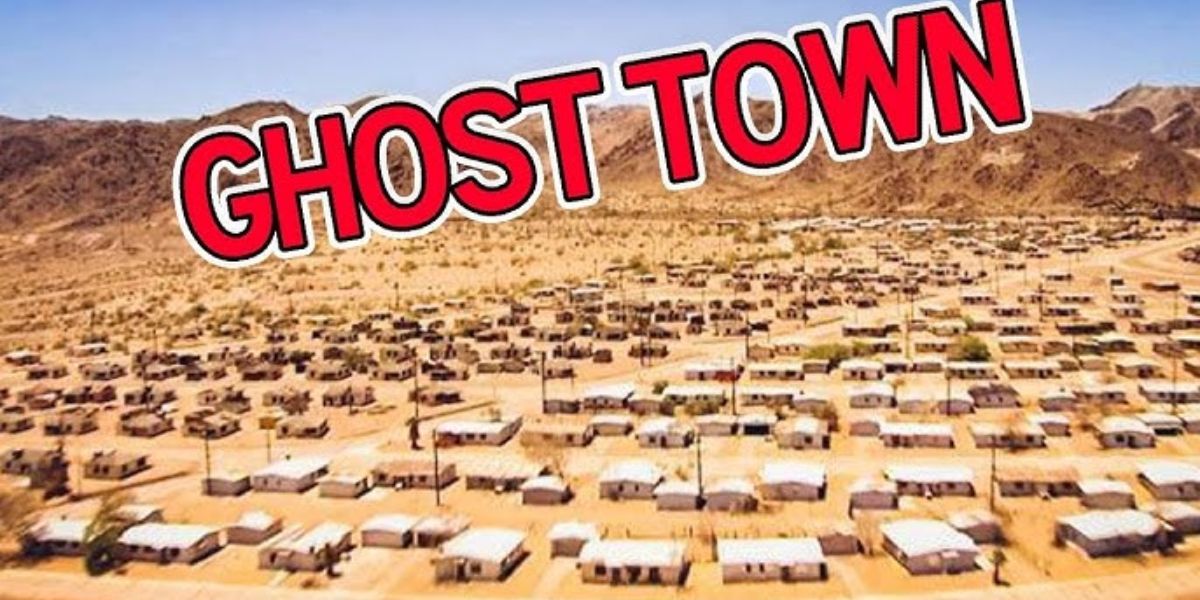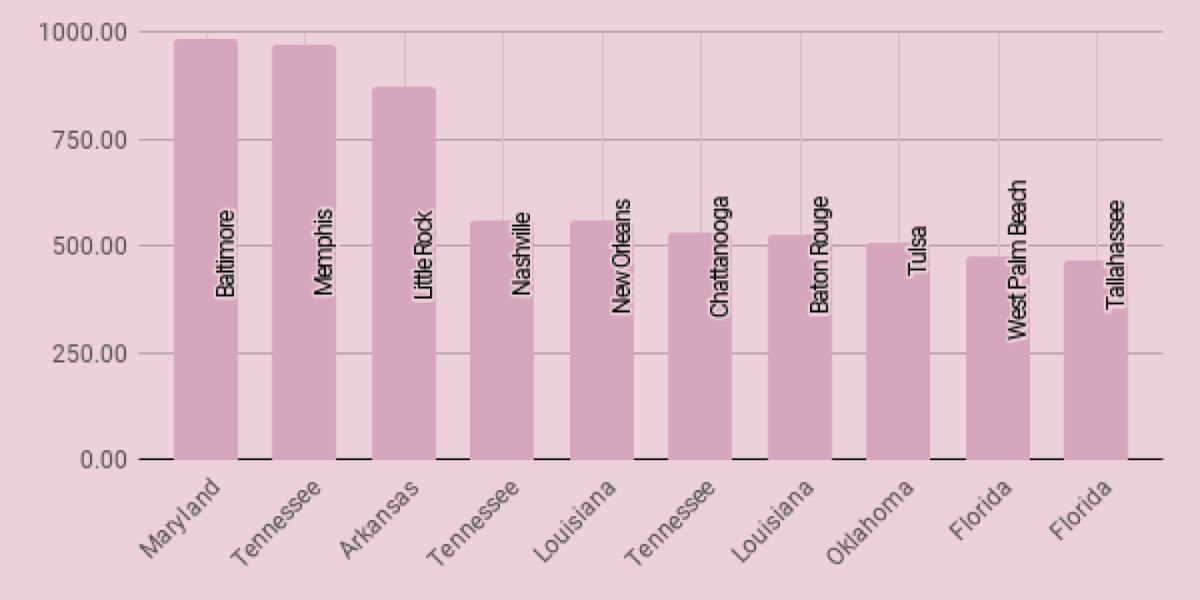California is known for its vibrant cities, bustling economies, and diverse landscapes. However, nestled within the state are some cities and towns that, for one reason or another, have been left behind. Once filled with life and promise, these cities now stand eerily empty, their streets quiet and their buildings desolate.
But what led to their abandonment, and why does nobody live there today?
1. The Ghost Towns of California: A Look Back at the Past
California is home to several ghost towns, many of which were once bustling mining towns during the Gold Rush era. As fortunes were made and lost, these cities experienced rapid growth, only to be deserted when the gold ran out.
Cities like Bodie, Calico, and Randsburg were once thriving communities filled with miners, shopkeepers, and families hoping to strike it rich. However, when the gold veins were exhausted, people packed up and left, leaving behind crumbling buildings and decaying remnants of their once-thriving existence.
Today, these towns are remnants of the past. While some are preserved as state parks or tourist attractions, the population has long since disappeared, and they are now little more than historical landmarks.
2. Economic Decline and Changing Industries
Beyond the Gold Rush, California’s economy has seen numerous booms and busts. One such place is Hinkley, a small town in the Mojave Desert that was once home to a thriving community. In the mid-20th century, Hinkley was a popular spot for those working in the nearby mining and energy sectors.
However, when Pacific Gas and Electric polluted the area with toxic chemicals in the 1950s, the water became contaminated, leading many residents to flee. The town’s population dwindled, and today, Hinkley is a near ghost town, with only a few hundred residents left.
3. Deserted Subdivisions in California’s Central Valley
California’s Central Valley has experienced a boom in housing developments over the years, but some of these developments have failed spectacularly.
One notable example is California City, located in the Mojave Desert. Originally envisioned as a sprawling metropolis to rival Los Angeles, California City was founded in the 1950s and designed to house hundreds of thousands of people. Despite the large infrastructure investments, the population never materialized as planned, and the city’s growth stagnated.
Today, the streets of California City are lined with empty, unfinished homes and vacant lots. Once-promised development has come to a halt, leaving the city looking more like an abandoned subdivision than a vibrant community. While there are a few hundred residents still living in the city, most of its development remains unfulfilled, and the city’s once-grand ambitions have faltered.
4. Natural Disasters and Harsh Environments
Other towns have faced the harsh realities of California’s natural environment. Salton Sea, once a popular resort area in the mid-20th century, has seen its population dwindle due to the lake’s environmental decline.
The Salton Sea, created as an accidental reservoir in the 1900s, was once a vacation destination. However, over time, the water became highly saline, and the lake’s evaporation led to the spread of toxic dust, making the area inhospitable.
The surrounding towns, including Niland and Bombay Beach, were severely impacted by the declining environment, leading many residents to leave. Today, these communities are home to only a handful of people, and their former glory is a distant memory.
5. Lack of Infrastructure and Accessibility
Some of California’s abandoned cities suffered from a lack of proper infrastructure. Mammoth City in Mono County, for example, was established as a mining town in the late 1800s, but it lacked adequate access to transportation, which contributed to its downfall. As transportation systems improved, residents moved to more accessible locations, leaving Mammoth City in ruins.
In some cases, the towns simply became too remote. Without roads, schools, and other vital services, people left in search of better opportunities elsewhere. Cities like Shandon in San Luis Obispo County experienced this fate. Although there are still a few people living there, Shandon’s once-promising future as an agricultural hub has largely faded.
6. The Allure of the Desert
For some, the idea of living in a desert city was appealing, but the reality was far harsher. Goldfield, a small town in the Mojave Desert, was a bustling mining town in the early 1900s. However, once the gold supply dwindled, so did the population.
The unforgiving desert environment, combined with a lack of resources, made it unsustainable for residents to stay. Today, it remains a desolate reminder of California’s boom-and-bust history.
Conclusion: California’s Abandoned Cities
From mining towns to modern-day forgotten cities, California’s empty cities tell the story of ambition, decline, and the unforgiving nature of time. These places were once filled with dreams and aspirations, but as circumstances changed, people moved on.
Whether due to economic collapse, environmental disasters, or unrealistic development plans, these cities have become ghost towns. Although some may remain inhabited, many stand as haunting reminders of what could have been. California’s abandoned cities continue to fascinate historians, explorers, and curious visitors, but they also serve as a cautionary tale about the rise and fall of human endeavor.
Would you want to explore one of these forgotten cities, or are you more curious about the ones still holding on to life?




